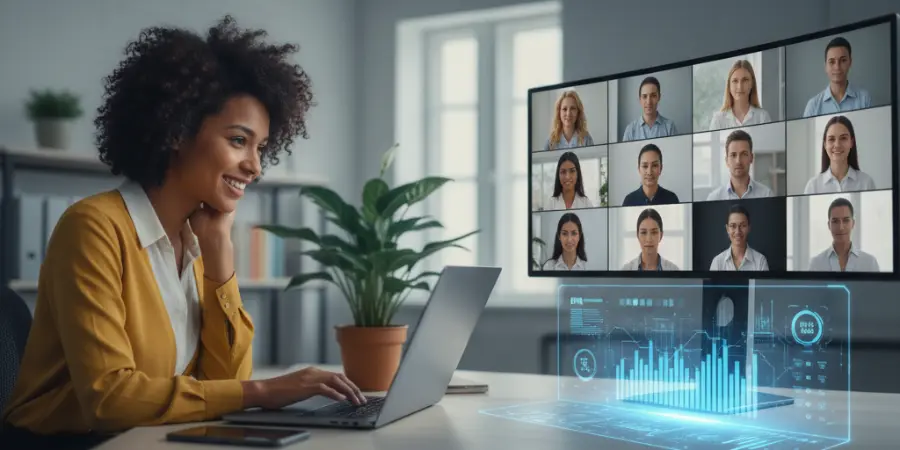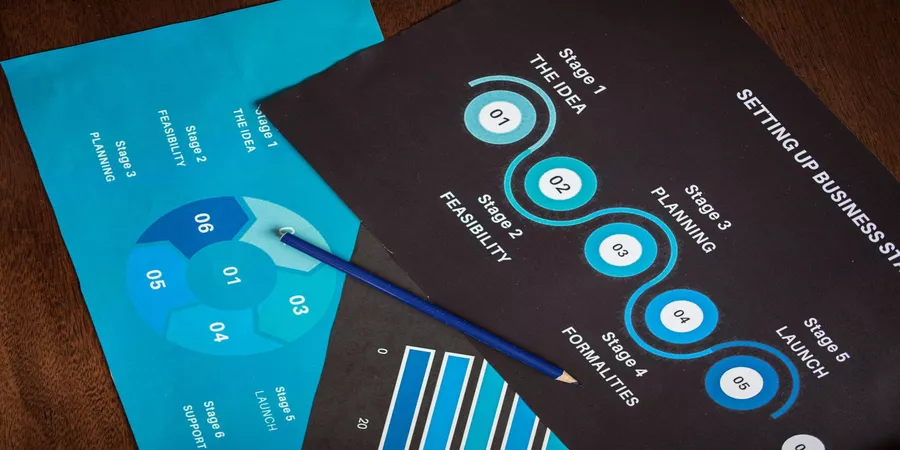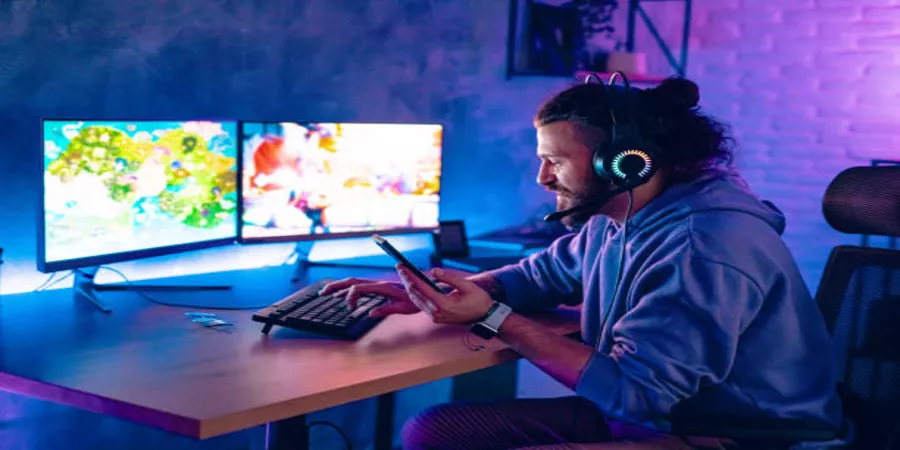Hiring is a world that constantly shifts. New tools and techniques proliferate, each pledging to help us find the right person for a role faster, easier, and better than ever. Of these, the one-way video interview has emerged as an invaluable asset for today’s hiring teams. This model, in which candidates record their answers to prerecorded questions on their own time, is reinventing how companies consider the first step of candidate screening. It provides a methodical and regularized means of vetting candidates, going beyond a casual resume scan to really see a candidate’s personality and communication skills from the start.
It’s more than just a matter of convenience, this shift; it’s about making hiring fairer and more equitable. Traditional screening methods, such as phone calls, are subject to unconscious bias. The raw and unpredictable nature of a live conversation can prompt interviewers to form snap judgments based on things having little to do with a candidate’s ability to do the job. When the interview is one-way, it is easier to compete on a level playing field.
It also provides an apples-to-apples evaluation of each candidate by asking every applicant the same set of questions in the same way. This method also enables managers to compare candidates on a more even playing field by taking out all of the fluff when it comes to external circumstances, and they can be more objective about their response.
The Mechanics of Asynchronous Interviews
So, how does it work…? The process is straightforward. A company puts a platform to work designing a particular set of interview questions applicable to their specific role. Those questions are sent to a pool of candidates, who have a time limit to upload their video answers. Candidates can usually conduct the interview from a location of their choice with an internet connection, either on a computer or mobile device. This kind of flexibility is a big benefit, because it allows candidates to test on their own time and across an applicant pool coming from all over the world.
For the candidate, it is user-friendly. They get a link, they click the link, they’re stepped through. They see each question, have time to think about it, and then jot down their answer. Re-recording is allowed on many platforms, so candidates have the opportunity to represent themselves in their best light. That takes the pressure off a live interview, where one bad answer can seem like utter failure. It gives candidates a platform to come off as measured, considered versions of themselves.
The hiring team can also derive just as much value from this. The responses can be reviewed at any time after being submitted by the recruiter or hiring manager. They can watch the videos, share them with colleagues on their team, and apply their own ratings or comments. This collective style guarantees that the interests of different stakeholders are taken into account during evaluations. A platform like a Hireflix one way interview system organizes all this information in one central place, making it easy to track and compare candidates without the logistical chaos of coordinating schedules for initial screening calls.
Creating a More Equitable Hiring Process
Perhaps even more importantly, one of the most convincing reasons to use one-way interviews is for bias reduction. Discrimination can lie in even the most subtle of forms, unconsciously creeping into the hiring process at multiple junctures. During a typical phone screen, an interviewer might be swayed by a candidate’s accent, tone of voice, or even background clamor. None of these things should matter to how qualified a person is, but they can exist beneath the surface and influence an interviewer’s intuition. On a call, the small talk at the beginning is also where affinity bias sets in: The interviewer unconsciously prefers a candidate because they have something they can relate to.
The one-way interviews are a way to avoid and prevent the latter by making screening more uniform. All candidates get the questions, all get equal time to think, and all have an opportunity to make a case. The discussion is no longer about chemistry but about how beneath the revelation of their responses. The interviews are recorded so that multiple people can review them, which helps guard against individual biases. If one reviewer has a viscerally negative response, another can see the video objectively and provide a corrective. This is its own system of checks and balances that’s hard to achieve with live, one-on-one screenings.
In addition, these systems support structured assessment. A rubric or scorecard can be developed by hiring teams to evaluate each answer according to predefined standards. This makes reviewers think hard about what they want and apply the same criteria to each candidate. Is the answer of a candidate for an in-depth question correct? Do they have the right problem-solving temperament? By comparing answers with these absolute standards, the role of subjective feelings and prejudices is greatly reduced.
Improving the Quality of Candidate Evaluation
In addition to minimizing bias, one-way interviews often help employers better assess and gain deeper insights into candidates. Resumes and cover letters are a two-dimensional snapshot of an applicant. They can describe someone’s experience and skills, but they cannot show how a person communicates, conveys their excitement, or thinks on their feet. What Hireflix gives is this 3rd dimension early in the process.
Open-ended, thoughtful questioning allows companies to learn powerful information they couldn’t possibly glean from a ream of resume paper. For instance, a question such as “Talk me through a time when you faced adversity at work and how you responded,” shows how well a candidate handles problems, is adaptable, and good at telling stories. A candidate explaining his or her experience is much more powerful than reading a bullet point on a resume. This deeper data enables hiring teams to make more informed decisions on who should be passed along to the next step.
Evaluation is also of higher quality due to the collaborative effects of working on these platforms. All those candidates are usually screened, initially, by just one recruiter in many companies. Their notes are then sent along to the hiring manager as a secondhand impression. With recorded interviews, the hiring manager can see the candidate as well. They can watch the key moments, hear the tone of voice, and make up their own minds. It’s a direct access to the source, which moves hiring faster and with more confidence. It means that the people most capable of understanding what is required for the role are brought into the evaluation at this early stage.
Benefits for Candidates and Companies
The benefits of one-way interviews work both ways in the hiring equation. For companies, the efficiencies are clear. Automation of the early recruiting phase saves countless working hours dedicated to scheduling and making phone calls. This frees recruiters to instead handle more strategic work, such as developing relationships with top candidates and interviewing thoroughly during later stages. And by giving themselves the ability to screen more candidates in less time, companies are able to cast a wider net and find talent they might have otherwise overlooked. The rigor presented by a Hireflix one-way interview can help automate your entire top-of-funnel.
The main advantage for candidates is flexibility. They can complete the interview on their own time, without having to miss work or reschedule their personal lives. This is very useful for passive candidates who aren’t actively searching for a job, but are still open to the right opportunity.
The lower-stakes situation, complete with the ability to retape answers, also helps them put their best foot forward. They can take the time to think through and respond with answers that actually reflect their skills, leading to a better candidate experience. In this perspective, the Hireflix one-way interview becomes a candidate-focused technique.
An enhanced candidate experience may translate into their brand. You can help even the ones who don’t receive the job offer to have a good experience to share when everything’s said and done. Reputation as an employer can be a valuable asset for an organization in the competitive labour market. Modern and efficient fair hiring practices show that a business is forward-thinking and values its employees. This also helps to bring in the best talent and create a strong employer brand.
Final Analysis
One-way video interviews? Yeah, reckon recruitment’s changing quite a bit with those. These screening tools? They help reduce hidden biases, letting people feel chance is fairer, true to you. Companies find they can ditch typical resumes and better grasp what folks might bring. Hiring teams and candidates benefit from flexibility and efficiency, which makes the process a bit smoother and more respectful.
No one tool can fix hiring’s problems, but a smart one-way interview platform like Hireflix could really improve things. It lets companies make teams diverse and skilled, focusing on candidate skills that matter for organizational success. One-way interviews became quite vital; businesses keep seeking smarter hire/retain tools.







